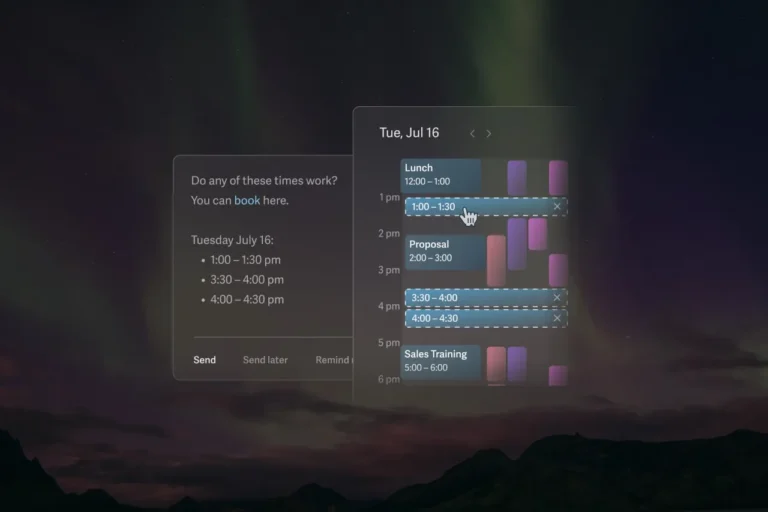Trending post
Quantum computing has been under development for a long time, but recent years have witnessed some impressive progress despite still being in the NISQ era. This development stage is characterized by the challenge of building stable, error-resistant machines. However, now major strides are being made to overcome these obstacles, with the new partnership between Microsoft and Atom Computing one of the latest highlights.

At the Microsoft Ignite 2024 conference, the two companies announced an impressive milestone: they successfully entangled 24 logical qubits using neutral atoms trapped by lasers. So, this entanglement milestone stands at the highest number of entangled logical qubits ever achieved so far.
A logical qubit is a higher-level qubit combining several physical qubits and used to execute quantum algorithms. This is a crucial step forward in fault-tolerant quantum computation, a necessary ingredient for scalable and practical quantum systems. The breakthrough encompasses more than just the number of entangled qubits: this system included an important feature-the ability to detect and correct the loss of physical qubits. Neutral atoms of which these qubits are comprised tend to vanish during calculations, and the ability of the system to detect when a qubit is lost and correct itself is crucial to develop more reliable quantum machines.
The demonstration took another step forward as Microsoft and Atom Computing demonstrated the creation of 20 logical qubits using 80 physical qubits. They ran the Bernstein-Vazirani algorithm on the system. The quantum algorithm was first designed in the 1990s and often serves to present the famous power of quantum computing. It shows the unique characteristics of a quantum system, where a qubit can be both 0 and 1 at the same time through superposition. The task of the algorithm is to uncover a secret code, and while a classical computer would need to try all possible combinations, a quantum computer can solve the problem with a single query by testing all possibilities at once.
Krysta Svore, a technical fellow at Microsoft and vice president of advanced quantum development for Azure Quantum, shared the importance of these recent advancements. “We’ve run that algorithm in this hardware out to 20 logical qubits in that computation and shown that we can get better than physical performance there. You also get better than classical, it turns out, for this algorithm,” she explained. She emphasized that the breakthrough highlights the ability to compute with logical qubits while performing repeated loss correction, a vital aspect for practical quantum computing.
Most of these breakthroughs are anchored by Azure Quantum’s qubit virtualization system, which assists in the design of quantum error correction tailored to specific quantum processors. A collaboration between Microsoft and another company, Quantinuum, utilizing this system helped it make progress toward 12 logical qubits. Part of the reason for these advances is the marriage of technology from Atom Computing with qubit virtualization within Microsoft.
One of the problems with using neutral atoms in quantum computing is that the atoms tend to disappear during the performance of computations-an effect known as “loss.” Classical quantum computers suffer from noise, but the disappearance of atoms creates an additional problem. It can take an initial image to ensure all atoms are in place and use luminescence detection throughout the computation to confirm whether atoms remain in their designated spots. When an atom is lost, the system identifies it and corrects the error without halting the computation, a demonstration that has never been achieved before.
Svore underscored the value in terms of this loss correction feature as part of this qubit virtualization system. “We have designed the virtualization system to account for this loss mechanism that appears in this type of hardware so we can combat that loss in our qubit virtualization system by finding and then correcting for that loss,” she noted.
The two companies are working together towards provision of systems with more than 1,000 physical qubits to commercial customers in the coming year. Currently, the device supports up to 256 physical qubits. This scale will allow many applications, and this technology is flexible enough to accommodate any use case that may require different numbers of logical qubits. Microsoft and Atom Computing’s collaboration is expected to lead to rapid progress in fields such as chemistry and materials science, where quantum computing could revolutionize problem-solving and innovation.
According to Ben Bloom, the founder and chief executive of Atom Computing, “By combining our state-of-the-art neutral-atom qubits with Microsoft’s qubit-virtualization system, we can now provide reliable logical qubits on a commercial quantum machine.” This partnership, according to him, might drive scientific and industrial progress in crucial fields.











